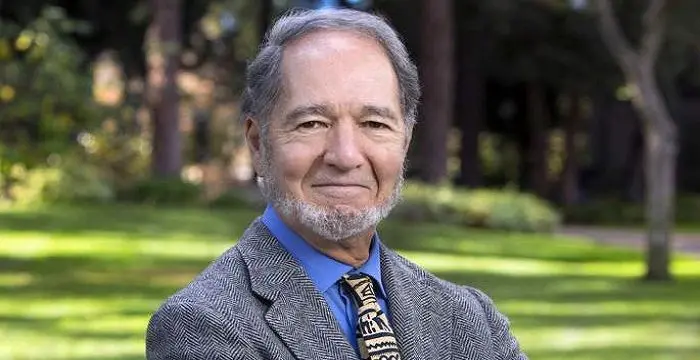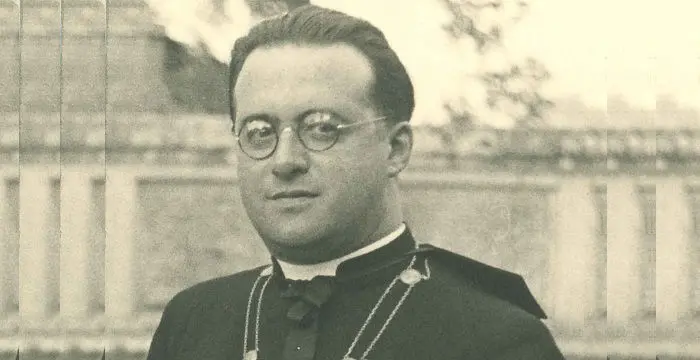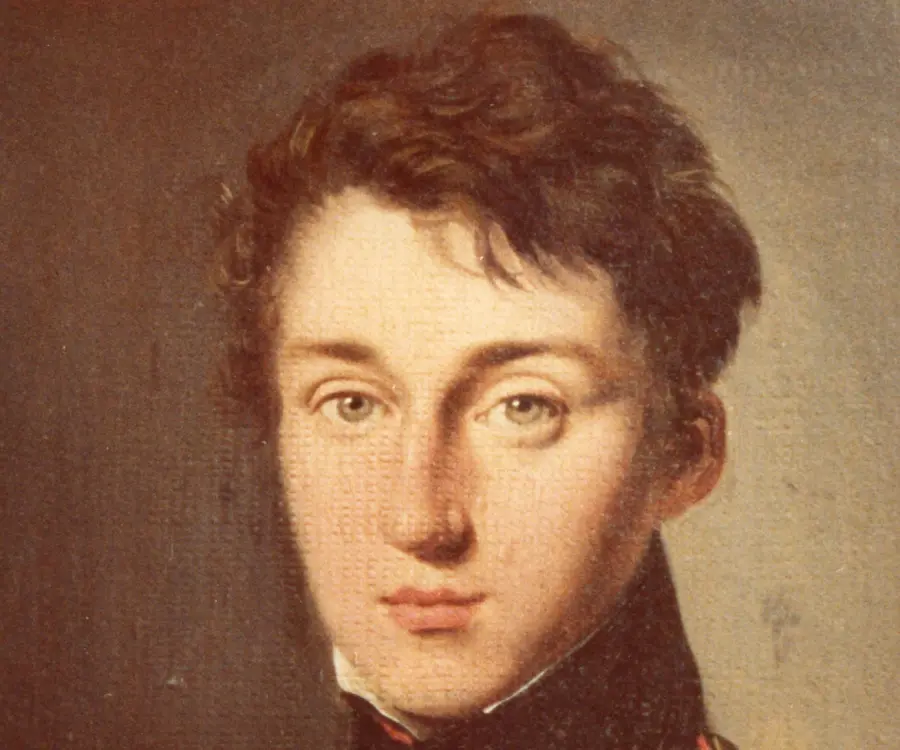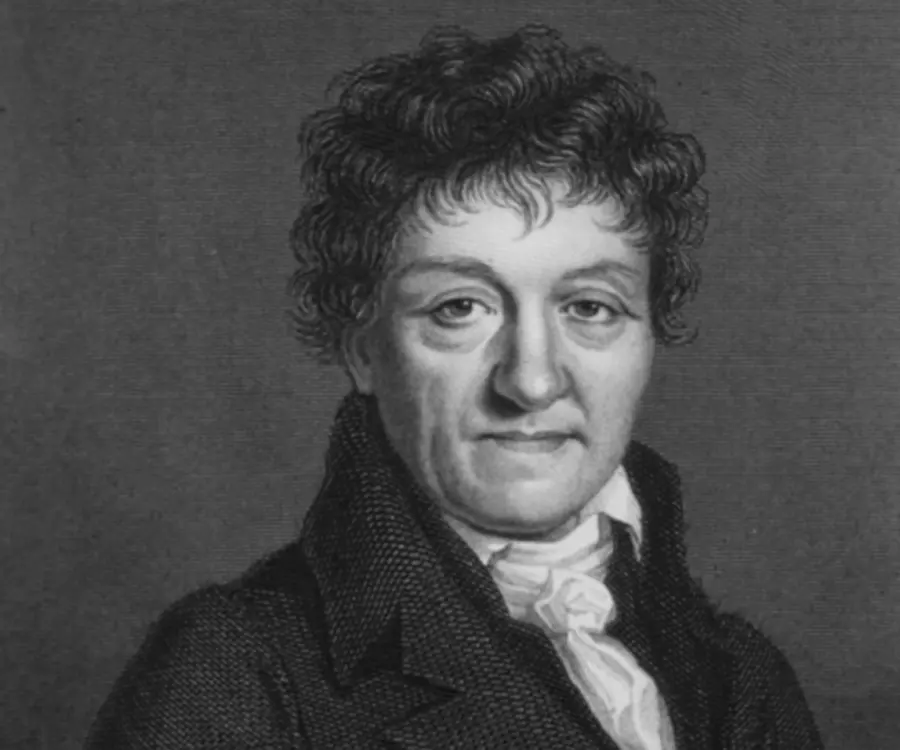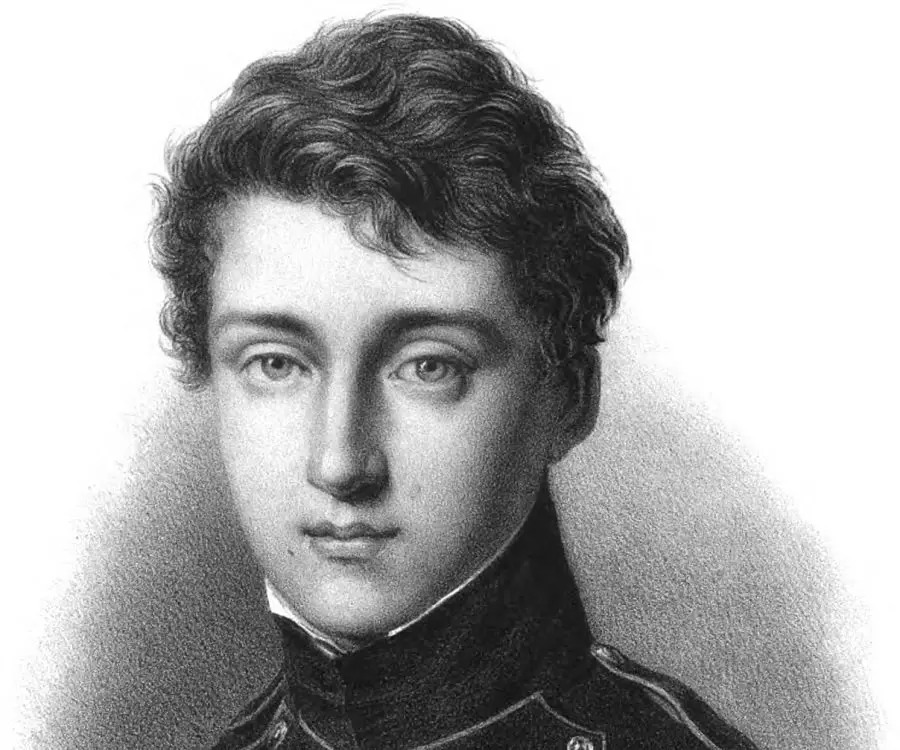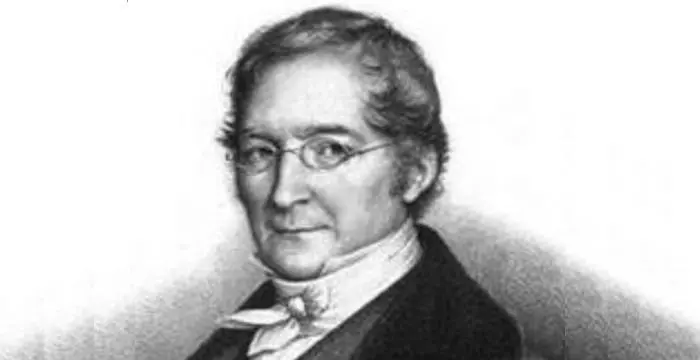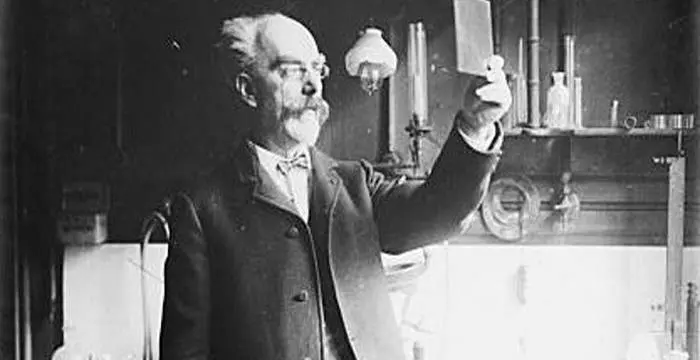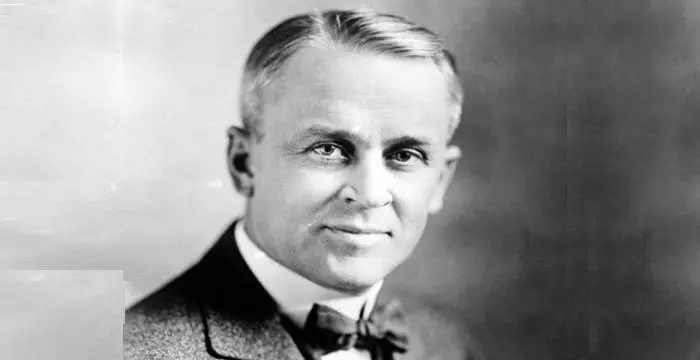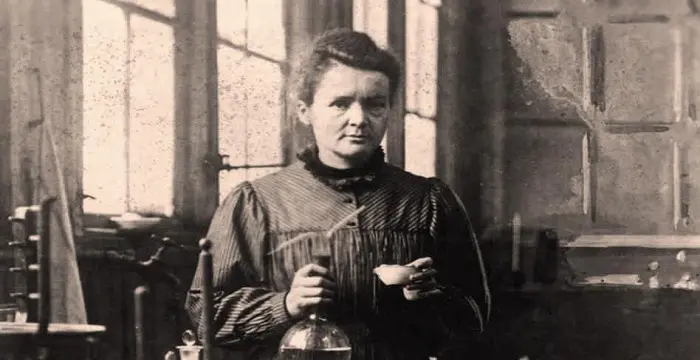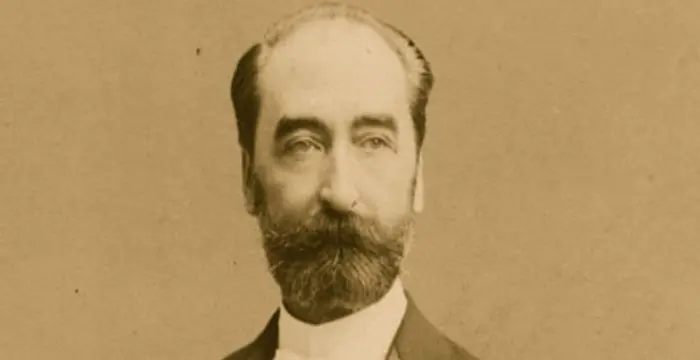
Sadi Carnot - Scientists, Career and Life
Sadi Carnot's Personal Details
Sadi Carnot was a learned French scientist who founded modern thermodynamics
| Information | Detail |
|---|---|
| Birthday | June 1, 1796 |
| Died on | August 24, 1832 |
| Nationality | French |
| Famous | Scientists, Physicists, Physicists, Scientists |
| Siblings | Hippolyte Carnot |
| Universities |
|
| Birth Place | Luxembourg Palace |
| Gender | Male |
| Father | Lazare Carnot |
| Sun Sign | Gemini |
| Born in | Luxembourg Palace |
| Famous as | Physicist and Scientist |
| Died at Age | 36 |
// Famous Scientists
Jared Diamond
Jared Mason Diamond is an American scientist and author reputed for his highly acclaimed and popular science books.
Georges Lemaître
Georges Lemaitre was a Belgian scientist and priest. This biography of Georges Lemaitre profiles his childhood, life, career, achievements and timeline.
Joseph Lister
Joseph Lister was a British surgeon who was the founder of antiseptic medicine. This biography of Joseph Lister provides detailed information about his childhood, life, achievements, works & timeline.
Sadi Carnot's photo
Who is Sadi Carnot?
Popularly described as the "Father of Thermodynamics", Sadi Carnot was the man behind the first successful theoretical account of heat engine, today known as the Carnot cycle. A man with a mission, Carnot did not let the unrest and instability of his early life overshadow his living. He is accounted for concepts such as Carnot efficiency, Carnot theorem and the Carnot heat engine amongst others. His book, Reflections on the Motive Power of Fire, laid the foundations for the second law of thermodynamics. Carnot’s concept of the idealized heat engine led to the development of a thermodynamic system that could be quantified, a key success that enabled many of the future discoveries that lay ahead. Read further to know more on the life of this prolific scientist and engineer.
// Famous Physicists
Walter Kohn
Nobel Laureate Walter Kohn was an Austrian-born American theoretical chemist and physicist. Check out this biography to know about his childhood, life, achievements, works & timeline.
Amedeo Avogadro
Amedeo Avogadro was an Italian scientist who formulated what is now known as Avogadro's law. This biography of Amedeo Avogadro provides detailed information about his childhood, life, achievements, works & timeline.
Gabriel Lippmann
Gabriel Lippmann was a French physicist and inventor. He was awarded the Nobel Prize in Physics in 1908. This biography of Lippmann provides detailed information about his childhood, life, research, achievements and timeline.
Biography detail
Childhood & Early Life
Named after the Persian poet Sadi of Shiraz, Nicolas Léonard Sadi Carnot was popularly known by his third given name. His father, Lazare Nicholas Marguerite Carnot was an eminent military leader and geometer. Young Carnot’s early life was an unfortunate one, filled with turbulence and turmoil. The family suffered monetarily, what with his father first being exiled, then returned to be appointed as Napoleon’s minister of war and later being forced to resign. It was only in 1812 that Sadi Carnot’s life improved a bit, with his enrolment at the École polytechnique. The institute, famous for its exceptionally excellent education, had names of the great scientists, such as Joseph Louis Gay-Lussac, Siméon Denis Poisson and André-Marie Ampère, in its faculty list. As such, Carnot’s years at the institute directed the course of his life later.
Carnot became an officer in the French army and served the same until 1814. The same year, he graduated from École polytechnique, after which he went to École du Génie atMetz undertaking a two-year course in military engineering. In 1815, Napoleon returned from exile only to be defeated later the same year. Senior Carnot, who was appointed minister of the interior, was soon deported which led to his shifting base to Germany, never to return to France. His younger son, Hippolyte Carnot, gave him company in Germany. During this time, Sadi Carnot, too, wasn’t very happy with his life on the professional front. Though he had the job of inspecting fortifications, drawing up plans and writing reports, his recommendations were mistreated and ignored. Due to his lack of promotion and inability to find himself a job that helped him make use of his training, in 1819, Carnot gave an examination to join the then formed General Staff Corps in Paris. Fortunately he passed the paper and took up the job.
During this time, Carnot began to attend courses at various institutions in Paris, including the Sorbonne and the Collège de France. It was then that his interest in industrial problems grew and he began to study the theory of gases. Carnot’s visit to his father in the latter’s exiled home in Magdeburg in 1821 can be counted as one of the most important events in his life. Three years earlier, the first steam engine had arrived at Magdeburg and had captured the interest of Lazare Carnot so deeply that he shared the information with his son. The father-son duo spent major part of their day discussing the working and functioning of steam engines. Inspired and excited, Carnot returned to Paris with an aim of developing a theory for steam engine.
Later Life
His venture towards developing a theory for steam engine led to the discovery of the mathematical theory of heat and helped start the modern theory of thermodynamics. Until then, no research discovered the fundamental scientific principles behind the operation. Most scientists believed in caloric theory, which maintained heat was an invisible liquid that flowed when it was out of balance. Carnot wanted to use his research to improve the efficiency of steam engines. His first major work was a paper that he penned in 1822-23. It contained a mathematical expression for the work produced by one kilogram of steam. However, this paper was never published and was discovered in the manuscript form only in 1966.
In 1823, after the death of Lazare Carnot, Hippolyte Carnot returned to Paris and helped Sadi Carnot, who was then working on the book on steam engines aiming to answer two questions. Firstly, whether there was an upper limit to the power of heat, and secondly whether there was a better means than steam to produce this power. It was in 1824 that Carnot published his work, Réflexions sur la puissance motrice du feu et sur les machines propres à développer cette puissance (Reflections on the Motive Power of Fire). The book contained details of his research and presented a well-reasoned theoretical treatment for the perfect heat engine, presently known as the Carnot cycle.
His Work - Reflections on the Motive Power of Fire
While the book dealt with a wide range of topics about heat engine, the most important section was the one that was dedicated to an abstract presentation of an idealized engine, which could be used to understand and clarify the fundamental principles that are generally applied to all heat engines, independent of their design. Arguably, the most significant contribution that Carnot made to thermodynamics was his abstraction of the essential features of the steam engine. The same resulted in a model thermodynamic system based on which exact calculations could be made. The Carnot cycle is, perhaps, one of the most proficient possible engines, as it not only emits friction and other incidental wasteful processes, but also assumes no conduction of heat between parts of the engine at different temperatures. Carnot knew that the conduction of heat between bodies at different temperatures is a wasteful and irreversible process, and thus must be eliminated if the heat engine is to achieve maximum efficiency.
As for the second question, he was certain that the level of utmost efficiency did not depend on the nature of the working fluid. He predicted that the efficiency of an idealized engine depended only on the temperature of its hottest and coldest parts and not on the substance that drove the mechanism. Carnot also introduced the concept of reversibility in his book, according to which motive power could be used to produce the temperature difference in the engine,a concept subsequently known as thermodynamic reversibility. Though formulated in terms of caloric, rather than entropy, this was an early rendition of the second law of thermodynamics. Though Sadi Carnot’s book garnered excellent reviews as soon as it was published, it acclaimed public attention only after Clapeyron published an analytic reformulation of it in 1834. Carnot's ideas were later incorporated into the thermodynamic theory of Clausius and Thomson.
Death
A cholera epidemic of 1832 cost Carnot his life. Due to the contagious nature of the disease, many of Carnot’s belongings and writings were buried along with him as a means of curtailing the spread of the disease. It is due to this reason that only a handful of Carnot’s scientific writings have survived.
// Famous Scientists
Juliane Koepcke
Juliane Koepcke is a German-Peruvian biologist, who was the lone survivor among the 92 passengers and crew of the ill-fated LANSA Flight 508 that crashed in the Peruvian rainforest on 24 December 1971. Know more about her life in this biography.
Henry Cavendish
Henry Cavendish was a theoretical chemist and physicist, renowned for discovery of hydrogen and calculation of the mass of earth. To know more about his childhood, profile, timeline and career read on
Konstantin Tsiolkovsky
Konstantin Tsiolkovsky was a Russian rocket scientist and a pioneer of astronautics. This biography provides detailed information about his childhood, family, personal life, career, achievements, etc.
// Famous Physicists
Henry Cavendish
Henry Cavendish was a theoretical chemist and physicist, renowned for discovery of hydrogen and calculation of the mass of earth. To know more about his childhood, profile, timeline and career read on
Walter Kohn
Nobel Laureate Walter Kohn was an Austrian-born American theoretical chemist and physicist. Check out this biography to know about his childhood, life, achievements, works & timeline.
Nikola Tesla
Nikola Tesla was a Serbian-American inventor, best known for his development of alternating current electrical systems. This biography of Nikola Tesla provides detailed information about his childhood, life, achievements, works & timeline.
Robert Andrews Millikan
Robert Andrews Millikan was an eminent American experimental physicist who won the Nobel Prize for Physics in 1923 for his work on photoelectric effect. Check out this biography to know about his childhood, life, achievements, works & timeline.
Isaac Newton
Isaac Newton was an English scientist and mathematician, who discovered gravitation and Newtonian Mechanics. Read this biography to find more on his life.
Marie Curie
Marie Curie was a Physicist and Chemist, who was world renowned for her work on radioactivity. She also was the winner of two Nobel Prize. Read this biography to get info about her life and profile.
Sadi Carnot's FAQ
What is Sadi Carnot birthday?
Sadi Carnot was born at 1796-06-01
When was Sadi Carnot died?
Sadi Carnot was died at 1832-08-24
Where was Sadi Carnot died?
Sadi Carnot was died in Paris
Which age was Sadi Carnot died?
Sadi Carnot was died at age 36
Where is Sadi Carnot's birth place?
Sadi Carnot was born in Luxembourg Palace
What is Sadi Carnot nationalities?
Sadi Carnot's nationalities is French
Who is Sadi Carnot siblings?
Sadi Carnot's siblings is Hippolyte Carnot
What was Sadi Carnot universities?
Sadi Carnot studied at École Polytechnique, École Royale du Génie, Sorbonne, Collège de France
Who is Sadi Carnot's father?
Sadi Carnot's father is Lazare Carnot
What is Sadi Carnot's sun sign?
Sadi Carnot is Gemini
How famous is Sadi Carnot?
Sadi Carnot is famouse as Physicist and Scientist
